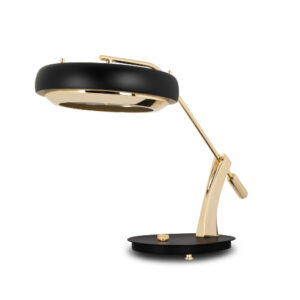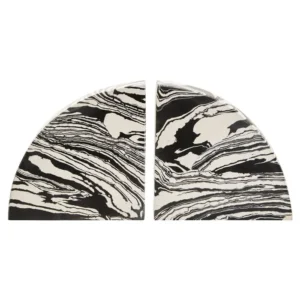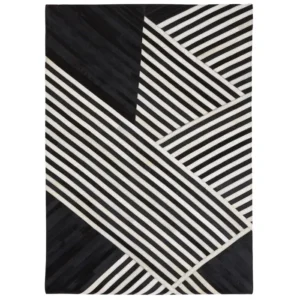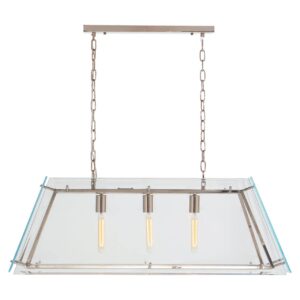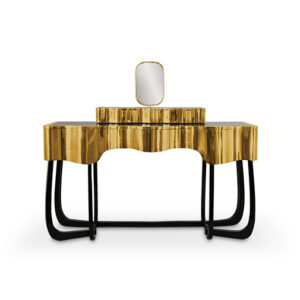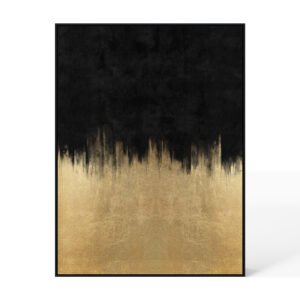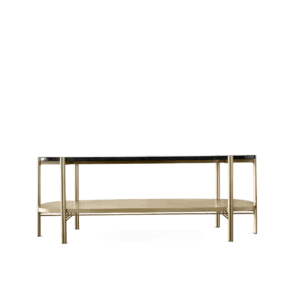Trends
DESIGNING FOR THE SENSES: HOW TEXTURE, SOUND, AND SCENT SHAPE INTERIORS
Unveil Luxury, Unleash Comfort – Eclectic Niche.
The Power of Multi-Sensory Design in Interior Spaces
In the world of interior design, aesthetics alone are no longer enough. Homeowners and designers alike are seeking ways to create immersive, emotionally engaging spaces that stimulate all the senses. Multi-sensory design has become a key trend, focusing on how designing for the senses can transform a space beyond just its visual appeal.
The Impact of Texture: A Tactile Experience

Texture plays a fundamental role in shaping how we perceive an interior. Rough-hewn wood, plush velvet, and sleek marble each evoke a different emotional response and add depth to a space. Layering materials creates an inviting atmosphere, engaging not just the eyes but also the sense of touch. Designing for the senses means carefully selecting materials that evoke warmth, sophistication, and comfort.
-
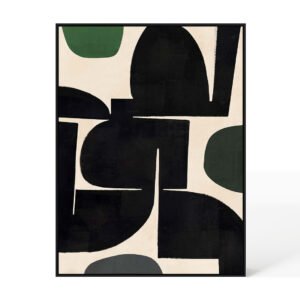
Berkeley Designs
Abstract Design 48 (BDGA48) Artwork
£320 Add to cart -
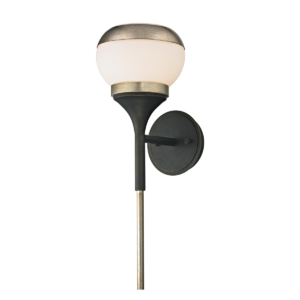
Hudson Valley Lighting
Alchemy Wall Sconce
£376 Add to cart -

Brabbu
BARAKA CHEST
£14,341 Add to cart -
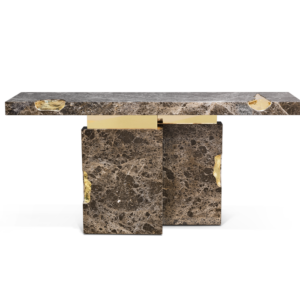
BocadoLobo
Empire Console
£19,370 Select options This product has multiple variants. The options may be chosen on the product page
How to Incorporate Texture Effectively:

Mix smooth and rough surfaces to create contrast and visual interest.
Use textiles like wool, linen, and silk to soften spaces and enhance comfort.
Consider textured wallpapers or 3D wall panels for added dimension.
Incorporate handcrafted or organic elements to add authenticity.
Experiment with natural materials like stone, rattan, and reclaimed wood for depth and richness.
The Role of Sound: Creating an Acoustic Ambiance

Sound has a profound impact on mood and well-being. In well-designed spaces, acoustic balance is crucial for enhancing relaxation and productivity. Designing for the senses requires an understanding of how sound interacts with various surfaces and materials in a room.
Tips for Optimizing Sound in Interiors:

Use rugs, curtains, and upholstered furniture to absorb excess noise.
Install acoustic panels in high-traffic or echo-prone areas.
Incorporate water features or indoor fountains for a calming auditory experience.
Smart home systems can integrate customizable ambient soundscapes.
Arrange furniture strategically to minimize noise reflection and echo.
The Influence of Scent: A Signature Aroma for Every Space

Scent is one of the most powerful yet often overlooked elements of interior design. A well-chosen fragrance can instantly transform a room’s atmosphere, creating feelings of relaxation, energy, or warmth. Designing for the senses ensures that scent complements the overall ambiance of a space.
Ways to Enhance Interiors with Scent:

Use essential oil diffusers with calming lavender or invigorating citrus.
Incorporate scented candles in high-traffic areas for a welcoming aroma.
Introduce fresh flowers or dried botanicals for a natural fragrance.
Opt for scented linen sprays to add a luxurious touch to bedrooms.
Use scented wood like cedar or sandalwood for a long-lasting, natural aroma
The Future of Multi-Sensory Design
As interior design continues to evolve, sensory-driven spaces are becoming a dominant trend. From high-end residences to commercial settings, designers are focusing on designing for the senses to craft spaces that don’t just look good—but feel good. Integrating sensory elements transforms interiors into holistic experiences that leave lasting impressions. Whether it’s a cozy home or a high-end boutique, attention to texture, sound, and scent ensures a memorable and immersive experience.5



